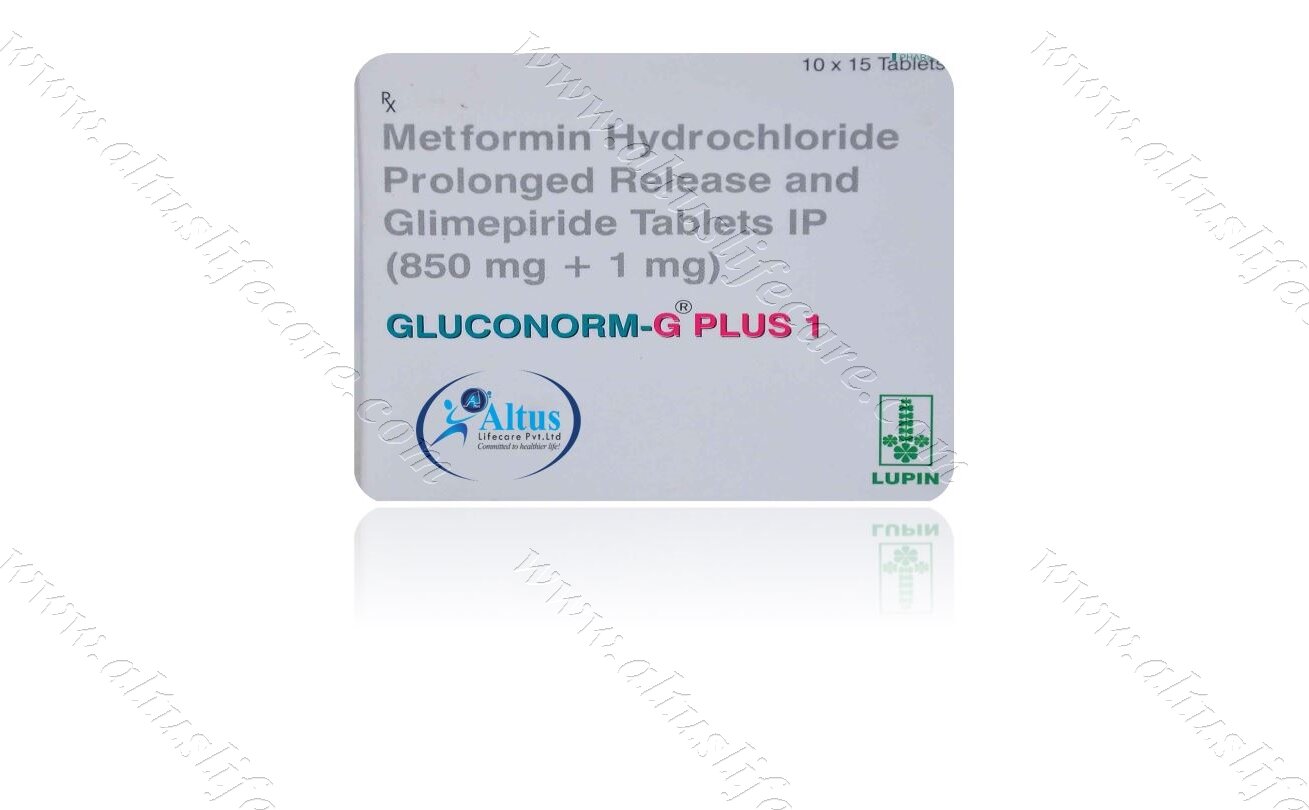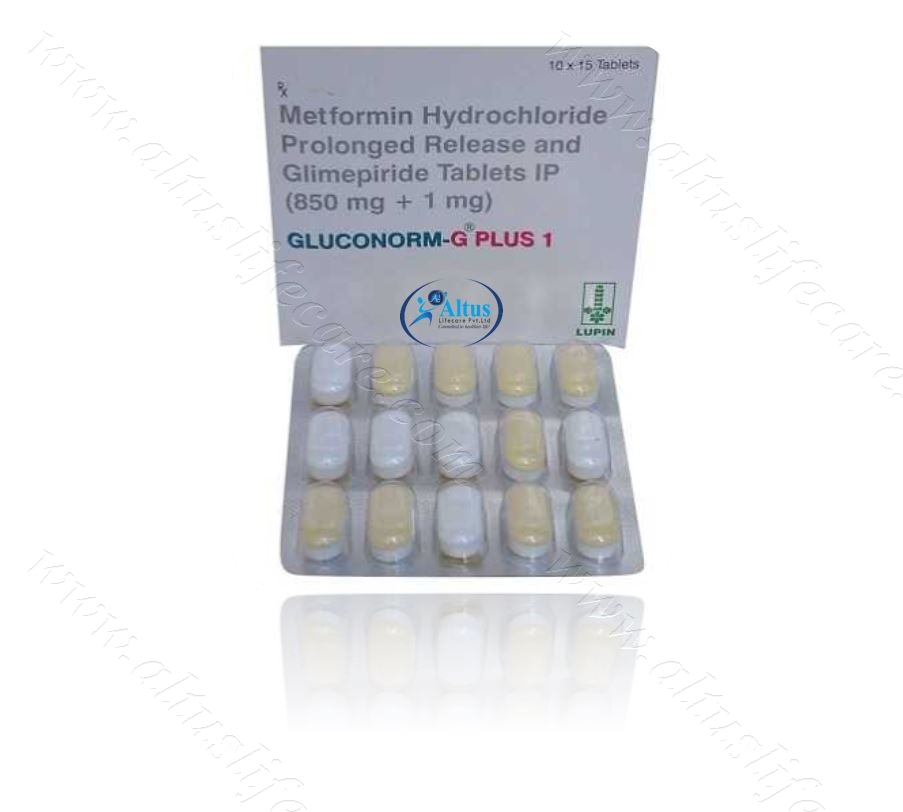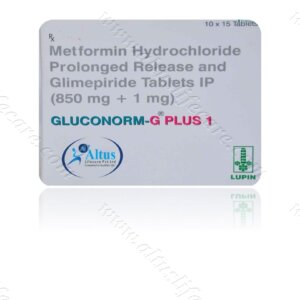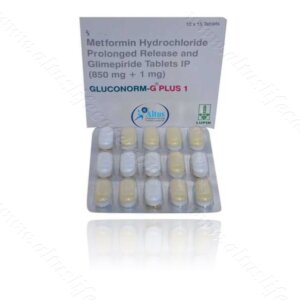- HCG Injections
- Quit Smoking
- Pharmaceutical Vaccine
- Best Selling Products
- Anti Viral
- Bimatoprost
- Antibiotics
- Women's Health
- Cetaphil
- Botulinum
- Diabetes
- Human Albumin
- Anti Malarial
- Dermal fillers
- Chemical Peels
- Nephrology Segment
- Kidney / Liver Care
- Anti Cancer
- Altus Product's
- Pharmaceutical Products
- Anti Fungal
- Hepatitis
- Beauty & Skin Care
- Asthma
- Modafinil
- Urology Segment
- Thyroid Care
- Armodafinil
- HIV Medicines
- Weight Loss
- Naltrexone
- Anti Emetic
- Neuropathic Pain
- Mens Health
- Hair Loss
- Pain Relief
- Anti-Cancer
- Armodafinil
- Bimatoprost
- Botulinum
- Dermal Fillers
- Hepatitis
- Mens-health
- Modafinil
- Naltrexone
- ANTI EMETIC
- Altus Product’s
- Anti Fungal
- Anti Malarial
- Anti Viral
- Antibiotics
- Asthma
- Beauty & Skin Care
- Cetaphil
- Chemical Peels
- Diabetes
- Hair Loss
- HCG Injections
- HIV Medicines
- Human Albumin
- Kidney / Liver Care
- Neuropathic Pain
- Pain Relief
- Pharmaceutical Products
- Pharmaceutical Vaccine
- Quit Smoking
- Thyroid Care
- Weight Loss
- Women’s Health
- HCG Injections
- Quit Smoking
- Pharmaceutical Vaccine
- Best Selling Products
- Anti Viral
- Bimatoprost
- Antibiotics
- Women's Health
- Cetaphil
- Botulinum
- Diabetes
- Human Albumin
- Anti Malarial
- Dermal fillers
- Chemical Peels
- Nephrology Segment
- Kidney / Liver Care
- Anti Cancer
- Altus Product's
- Pharmaceutical Products
- Anti Fungal
- Hepatitis
- Beauty & Skin Care
- Asthma
- Modafinil
- Urology Segment
- Thyroid Care
- Armodafinil
- HIV Medicines
- Weight Loss
- Naltrexone
- Anti Emetic
- Neuropathic Pain
- Mens Health
- Hair Loss
- Pain Relief
No products in the cart.
Return To Shop$38.46 – $94.87Price range: $38.46 through $94.87
Gluconorm-G Plus 1 Tablet (Glimepiride 1mg / Metformin 850mg)
Have questions?
Call : +91 9002 1002 33
Gluconorm-G Plus 1 Tablet (Glimepiride 1mg / Metformin 850mg)
| COUNTRY OF ORIGIN | India |
|---|---|
| DOSAGE FORM | Tablets |
| GENERIC NAME | Glimepiride |
| INDICATION | Type 2 diabetes mellitus |
| PACKAGING | 10 tablets in 1 strip |
| MANUFACTURER | Lupin Ltd |
| COMPOSITION | Glimepiride (1mg) + Metformin (850mg) |
PRODUCT INTRODUCTION
Gluconorm-G Plus 1 Tablet PR belongs to a category of medicines known as anti-diabetic drugs. It is a combination of two medicines used to treat type 2 diabetes mellitus in adults. It helps control blood sugar levels in people with diabetes.
Gluconorm-G Plus 1 Tablet PR should be taken with food. Take it regularly at the same time each day to get the most benefit. Your doctor will decide what dose is best for you and this may change from time to time according to how it is working according to your blood sugar levels.
Keep taking this medicine, even if you feel well or your blood sugar levels are controlled. If you stop it without consulting your doctor, your blood sugar levels could rise and put you at risk of kidney damage, blindness, nerve problems, and loss of limbs. Remember that it is only part of a treatment program that should also include a healthy diet, regular exercise, and weight reduction as advised by your doctor. Your lifestyle plays a big part in controlling diabetes.
The most common side effect of Gluconorm-G Plus 1 Tablet PR is low blood glucose levels (hypoglycemia). Make sure you recognize the signs of having low blood glucose levels, such as sweating, dizziness, headache, and shaking, and know how to deal with it. To prevent this, it’s important to have regular meals and always carry a fast-acting source of glucose such as sugary food or fruit juice with you.
Drinking alcohol can also increase your risk of low blood sugar levels and should be avoided. Other side effects that may be seen on taking this medicine include taste changes, nausea, diarrhea, stomach pain, headache, and upper respiratory tract infection. Some people may find that they put on weight with this medicine.
You should not take it if you have type 1 diabetes mellitus, if you have diabetic ketoacidosis (high levels of acid in your blood), or if you have severe kidney or liver disease. Before taking this medicine, tell your doctor if you have ever had heart disease.
It may not be suitable. Pregnant or breastfeeding women should also consult their doctor before taking it. Your blood sugar levels should be checked regularly and your doctor may also advise blood tests to monitor your blood cell counts and liver function.
Forward Momentum: Surging Ahead with Glimepiride Metformin
Experience the surge of forward momentum in diabetes care, propelled by the therapeutic power of Glimepiride and Metformin.
“Glimepiride: Understanding the Sulfonylurea Advantage”
Here, the focus would be on glimepiride, specifically highlighting its role as a sulfonylurea medication. The discussion would delve into how sulfonylureas stimulate insulin release and contribute to glucose regulation.
Metformin for PCOS: Revolutionizing Wellness Care
Explore the revolutionary changes that Metformin brings to the landscape of wellness care, specifically in the context of PCOS. From personalized treatment plans to advancements in research, this overview discusses how Metformin is at the forefront of a paradigm shift in the approach to wellness care for individuals with PCOS.
Metformin and Liver Enzymes: Monitoring Hepatic Function
Exploring the impact of Metformin on liver enzymes and the importance of monitoring hepatic function in individuals using this medication. This section discusses potential liver-related concerns and considerations for healthcare providers in prescribing Metformin.
Metformin and Dizziness: Addressing Orthostatic Hypotension
Investigating the relationship between Metformin use and dizziness, with a focus on addressing orthostatic hypotension. This section explores the mechanisms through which Metformin may influence blood pressure and offers strategies for minimizing dizziness-related side effects.
Diabetes Mellitus Medications: Navigating Medication Options for Improved Living
Navigate through diverse medication options for diabetes mellitus, enhancing the overall living experience. This guide provides insights into the various medication choices, assisting individuals in making decisions that contribute to an improved and balanced lifestyle.
DM Type 2 Medications: Medication Mastery for Improved Diabetes Care
Attain mastery in medication management for improved diabetes care. Explore optimal dosages, timing, and lifestyle adjustments, aiming for improved health outcomes in the context of Type 2 Diabetes.
Pioneers of Progress: Drug for Diabetes Mellitus Type 2
Highlighting the drug as a pioneer in the realm of Diabetes Mellitus Type 2 treatment, exploring its trailblazing role in advancing medical progress and shaping the landscape of patient care.
Medications for Diabetes Mellitus Type 2: Managing Medication-related Anxiety
Anxiety related to medication use is a valid concern. This blog will discuss strategies for managing medication-related anxiety, addressing common worries and promoting a positive mindset in individuals with type 2 diabetes.
“Meds for Diabetes Mellitus Type 2: Medication Essentials for Improved Health”
Uncover the essential aspects of diabetes medications for cultivating improved health. This guide provides foundational knowledge and practical tips to ensure that medications play a central role in promoting health and vitality for individuals with Type 2 Diabetes.
Signs and Symptoms of Type 2 Diabetes Mellitus: Deciphering Early Metabolic Signals
Delve into the process of deciphering early metabolic signals associated with Type 2 Diabetes Mellitus. Explore how understanding and interpreting these signals contribute to proactive health measures and prevention.
Patient-Centered Decision-Making in Treatment of Type 2 Diabetes Mellitus
Prioritizing the patient’s perspective, this section emphasizes the importance of patient-centered decision-making in the treatment of Type 2 Diabetes Mellitus. By involving patients in the decision-making process, healthcare providers can enhance treatment adherence and overall satisfaction with care.
USES OF GLUCONORM-G TABLET PR
- Treatment of Type 2 diabetes mellitus
BENEFITS OF GLUCONORM-G TABLET PR
In Treatment of Type 2 diabetes mellitus
Lowering blood glucose levels is an essential part of managing diabetes. If you can control the level you will reduce the risk of getting any of the serious complications of diabetes such as kidney damage, eye damage, nerve problems, and loss of limbs. Taking this medicine regularly along with proper diet and exercise will help you live a normal, healthy life.

SIDE EFFECTS OF GLUCONORM-G TABLET PR
Common side effects of Gluconorm-G
- Hypoglycemia (low blood glucose level)
- Headache
- Nausea
- Diarrhea
- Flatulence
HOW TO USE GLUCONORM-G TABLET PR
HOW GLUCONORM-G TABLET PR WORKS
SAFETY ADVICE

Alcohol

Pregnancy

Breast feeding

Driving

Kidney
Use of Gluconorm-G Plus 1 Tablet PR is, however, not recommended in patients with severe kidney disease. Regular monitoring of kidney function test is advisable while you are taking this medicine.

Liver
Gluconorm-G Plus 1 Tab let PR is generally started with low dose in patients with mild to moderate liver disease and its use is not recommended in patients with severe liver disease.
WHAT IF YOU FORGET TO TAKE GLUCONORM-G TABLET PR?
| Pack Size | 60 Tablet/s, 90 Tablet/s, 120 Tablet/s, 150 Tablet/s, 210 Tablet/s |
|---|
3 reviews for Gluconorm-G Plus 1 Tablet (Glimepiride 1mg / Metformin 850mg)
Related products
Hepcvel Tablet | Sofosbuvir 400mg | Velpatasvir 100mg
From: $205.13Temoside 100 Capsule (Temozolomide 100mg)
From: $55.84Hepcvir Tablet | Sofosbuvir 400mg
From: $153.85Velasof Tablet | Sofosbuvir | Velpatasvir
From: $179.49Sofab LP Tablet | Ledipasvir | Sofosbuvir
From: $256.41Pemnat Injection (Pemetrexed)
From: $149.35Decarb 500 Injection (Dacarbazine)
From: $171.43People also bought
-

Benoquin 40 Cream | Monobenzone 40%
From: $154.77 -
 From: $38.38
From: $38.38 -
 From: $40.05
From: $40.05 -

Aziderm 10% Cream 15gm | Azelaic Acid 10%
From: $39.26
Our Services
Shipping
Shipping at Discounted Price
Money Returns
Return Within 30 Days
Secure Payment
Safe & Secure Payment
Support 24/7
Contact 24 Hours Day
From: $47.79


From: $46.10
- Anti-Cancer
- Armodafinil
- Bimatoprost
- Botulinum
- Dermal Fillers
- Hepatitis
- Mens-health
- Modafinil
- Naltrexone
- ANTI EMETIC
- Altus Product’s
- Anti Fungal
- Anti Malarial
- Anti Viral
- Antibiotics
- Asthma
- Beauty & Skin Care
- Cetaphil
- Chemical Peels
- Diabetes
- Hair Loss
- HCG Injections
- HIV Medicines
- Human Albumin
- Kidney / Liver Care
- Neuropathic Pain
- Pain Relief
- Pharmaceutical Products
- Pharmaceutical Vaccine
- Quit Smoking
- Thyroid Care
- Weight Loss
- Women’s Health













Aylin (verified owner) –
Type 2 diabetes has prompted me to explore a variety of physical activities to keep my routine interesting and enjoyable.
Brenda (verified owner) –
am blown away by the exceptional quality of this product! The packaging was so well done, ensuring that it arrived in perfect condition.”
Allyson (verified owner) –
“Shipping was fast, and the product quality is top-notch – highly satisfied!”